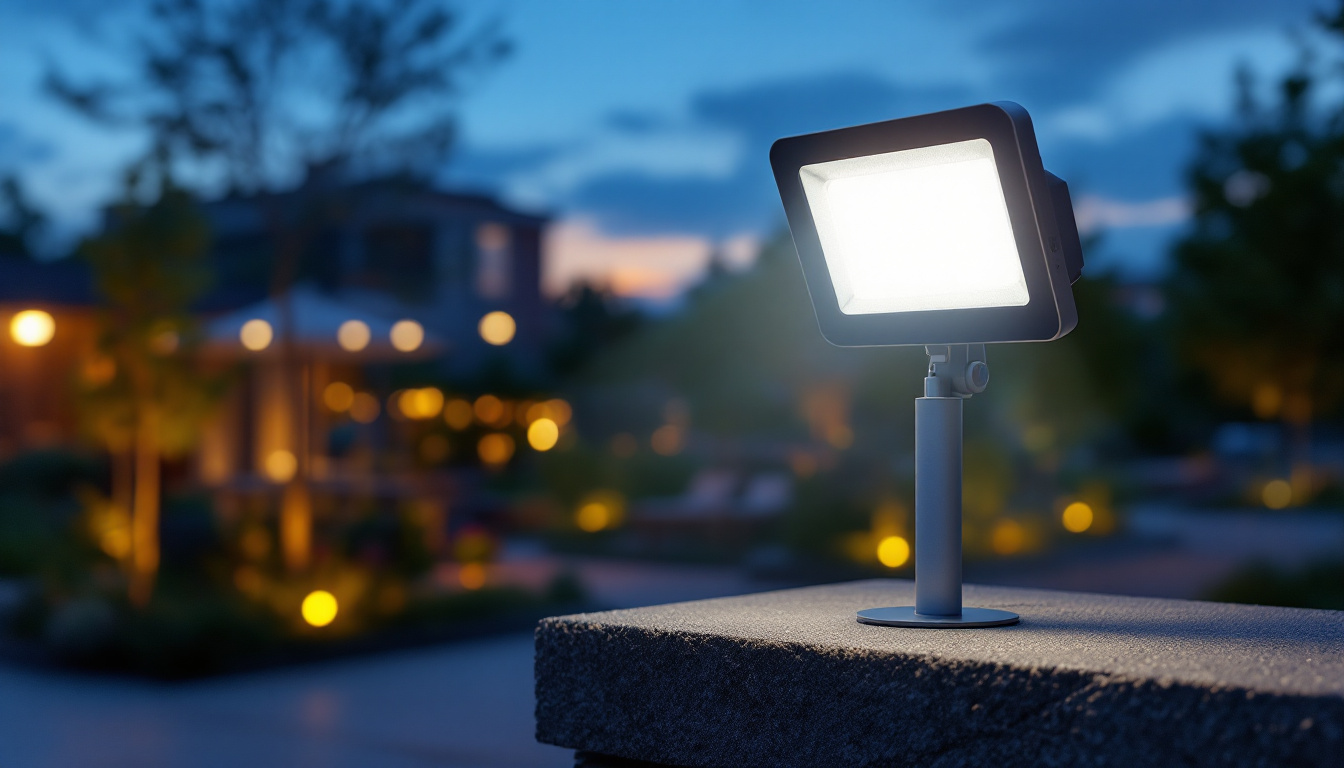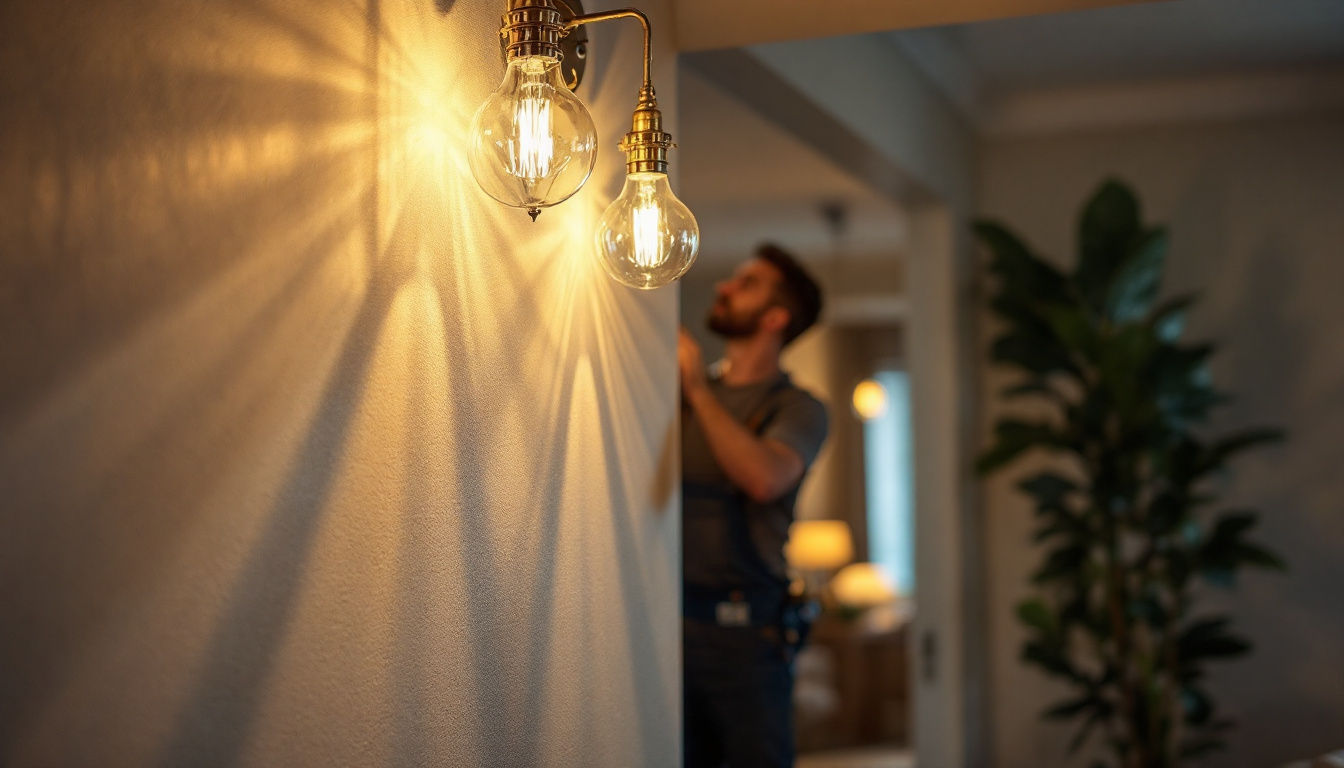
In the ever-evolving world of lighting design and installation, professionals must stay ahead of the curve. Whether you are a seasoned lighting contractor or just starting in the industry, having a comprehensive checklist can streamline your workflow, enhance your efficiency, and ensure that no detail is overlooked. This article delves into the essential components of a receptical checklist tailored specifically for lighting professionals.
Recepticals, commonly known as electrical outlets, are critical components in any lighting installation. They serve as the interface between the electrical supply and the lighting fixtures, enabling the seamless operation of various lighting systems. Understanding the types and functions of recepticals is the first step in ensuring a successful installation.
There are several types of recepticals available, each designed for specific applications. Standard duplex recepticals are the most common, used in residential and commercial settings. However, specialized recepticals, such as GFCI (Ground Fault Circuit Interrupter) and AFCI (Arc Fault Circuit Interrupter) recepticals, are essential for areas exposed to moisture or where arc faults could pose a risk. GFCI recepticals are particularly important in kitchens and bathrooms, where water and electricity can create dangerous situations. They are designed to cut off the electrical supply if they detect any imbalance in the current, thus providing an extra layer of safety.
Moreover, there are also smart recepticals that allow for remote control and automation of lighting systems. These innovative devices can be integrated with home automation systems, enabling users to control their lighting from smartphones or voice-activated assistants. Smart recepticals often come with features like energy monitoring, scheduling, and the ability to set scenes, which can enhance both convenience and energy efficiency. Understanding the different types will help professionals choose the right receptical for their specific project requirements.
Proper installation of recepticals is crucial for safety and functionality. Incorrectly installed recepticals can lead to electrical hazards, including short circuits and fires. It is essential to follow local codes and regulations when installing recepticals, ensuring that they are securely mounted and correctly wired. This includes using the appropriate gauge of wire and ensuring that all connections are tight and free from corrosion. Additionally, using recepticals rated for the specific load they will carry is vital to prevent overheating and potential failure.
Additionally, professionals should always verify that the recepticals are compatible with the lighting fixtures being used. This not only enhances safety but also ensures optimal performance of the lighting systems. For instance, using a receptical that cannot handle the wattage of the connected fixture can lead to flickering lights or even damage to the fixture itself. Regular inspections and maintenance of recepticals can also help identify wear and tear, ensuring that they remain in safe working condition over time. By prioritizing proper installation and maintenance, the longevity and reliability of the entire lighting system can be significantly improved.
A well-structured checklist can significantly improve the efficiency of lighting installations. Below are the key components that should be included in every receptical checklist for lighting professionals.
Before beginning any installation, it is vital to conduct thorough preparations. This stage involves assessing the project site, gathering necessary tools, and ensuring that all materials are on hand.
The installation process is where the checklist truly comes into play. Following a systematic approach can help ensure that each step is completed accurately and efficiently.
Once the installation is complete, it is essential to conduct thorough checks to ensure everything is functioning correctly. This stage can often be overlooked but is critical for the success of the project.
Additionally, it can be beneficial to document the installation process. Taking photographs of the completed work can serve as a valuable reference for future maintenance or troubleshooting. This documentation can also provide proof of compliance with safety standards and regulations, which is particularly important in commercial settings. Furthermore, consider providing the client with a simple user guide that outlines the features and maintenance of the installed recepticals, ensuring they feel confident in using their new lighting system.
Finally, after the installation and checks are complete, it’s a good practice to schedule a follow-up visit. This allows lighting professionals to address any concerns that may arise after the client has had time to use the new recepticals. Such proactive customer service not only enhances client satisfaction but also builds a reputation for reliability and thoroughness in the lighting industry.
Safety should always be the top priority for lighting professionals. Understanding the potential hazards associated with electrical work can help mitigate risks and ensure a safe working environment.
Wearing appropriate personal protective equipment is essential when working with electricity. This includes items such as insulated gloves, safety goggles, and hard hats. PPE can help protect against electrical shocks and other potential injuries that may occur during installation.
Familiarity with local electrical codes and regulations is crucial for any lighting professional. These codes are designed to ensure safety and compliance in electrical installations. Failure to adhere to these regulations can result in fines, project delays, and safety hazards.
Regularly reviewing and staying updated on changes in electrical codes can help professionals maintain compliance and enhance their credibility in the industry.
Having the right tools and equipment is essential for successful receptical installation. Below is a list of must-have tools that every lighting professional should consider.
In addition to basic tools, having specialized equipment can enhance efficiency and precision during installation.
Even experienced professionals can make mistakes during receptical installation. Being aware of common pitfalls can help avoid costly errors and ensure a smooth installation process.
One of the most common mistakes is failing to test connections after installation. Always verify that each receptical is functioning correctly before considering the job complete. This simple step can prevent issues down the line and enhance customer satisfaction.
Another frequent error is overloading circuits by connecting too many devices to a single receptical. This can lead to overheating and potential fire hazards. It is essential to understand the electrical load capacity and distribute devices accordingly.
While functionality is paramount, aesthetics should not be overlooked. Ensuring that recepticals are installed at appropriate heights and in visually appealing locations can enhance the overall look of the space. Taking the time to consider placement can significantly impact the final outcome of the project.
The lighting industry is constantly evolving, with new technologies and trends emerging regularly. Staying informed about these changes can provide a competitive edge for lighting professionals.
Smart lighting systems, energy-efficient LED options, and advanced control systems are just a few examples of emerging technologies that are transforming the industry. Understanding these advancements can help professionals offer innovative solutions to their clients.
Participating in workshops, webinars, and industry conferences can provide valuable insights and networking opportunities. Continuing education not only enhances skills but also keeps professionals informed about best practices and new products in the market.
Having a comprehensive receptical checklist is essential for lighting professionals. By understanding the basics of recepticals, following a systematic installation process, prioritizing safety, and staying updated with industry trends, lighting contractors can enhance their efficiency and deliver high-quality results. This checklist serves as a valuable tool to ensure that every installation is completed with precision and professionalism, ultimately leading to satisfied clients and successful projects.
Ready to elevate your lighting installations with the best products on the market? Look no further than LumenWholesale, where we provide lighting professionals like you with top-quality, spec-grade lighting essentials at unbeatable wholesale prices. Say goodbye to local distributor markups and hello to our extensive selection that meets the highest industry standards. With LumenWholesale, you’ll enjoy the convenience of hassle-free bulk buying with free shipping, ensuring you get premium lighting at the best value — every time. Don’t compromise on quality or price. Wholesale Lighting at the Best Value is just a click away. Make the smart choice for your projects and experience the LumenWholesale difference today.

Discover expert tips and step-by-step guidance on replacing fluorescent lights with ease.

Discover why staying updated on LED can light trim is crucial for lighting contractors.

Discover how LED flood lamps are revolutionizing modern lighting solutions with their energy efficiency, versatility, and long-lasting performance.

Discover effective strategies for overcoming common challenges in residential lighting projects.